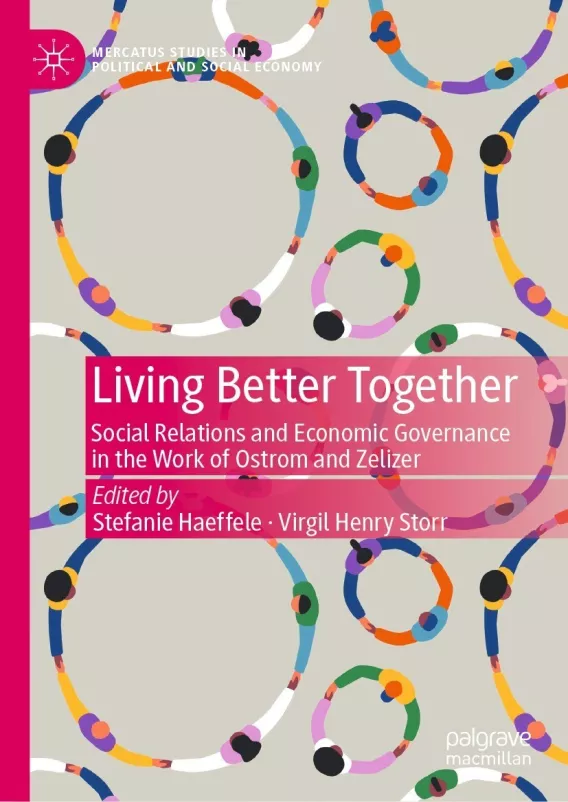- | Academic & Student Programs Academic & Student Programs
- | Book Chapters Book Chapters
- |
Testing Circuits of Commerce in the Distant Past: Archaeological Understandings of Social Relationships and Economic Lives
Published by Palgrave Macmillan

Economic sociology and anthropology seek to detangle complex webs of social and economic livelihoods in diverse locales and eras. The work of two pioneers in these fields, Elinor Ostrom and Viviana Zelizer, provides crucial vocabulary toward these aims. Although these researchers have focused on modern projects, the implications of their work can clearly be applied within more distant societies. Archaeological research, focusing on the material culture of past societies, more often than not defaults to speaking of social relationships rather than economic relationships. Zelizer’s concept of circuits of commerce, however, provides a framework to understand mechanisms outside of a market system that create or maintain economic relationships. I relate the difficulty and opportunities in extrapolating social and economic relationships in the archaeological record by examining Zelizer’s requirements for studying circuits of commerce. The primary test case discusses the archaeological and historical record of the Southern Plains 1350–1700 AD, with other relevant archaeological examples explored as well. While the archaeological record cannot, in all contexts, provide the evidence necessary to support a full understanding of circuits of commerce, the flexibility of Zelizer’s model is well suited for a strong contextual understanding of non-modern, non-state, or extra-market economic relationships.
This chapter is part of an edited volume, "Living Better Together: Social Relations and Economic Governance in the Work of Ostrom and Zelizer."

